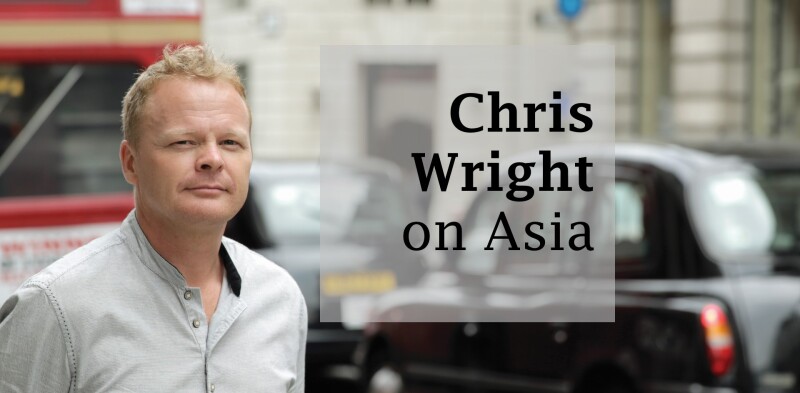
Whenever Singapore’s GIC sovereign wealth fund reports its annual numbers, the first place we turn is the portfolio asset mix. Sovereign funds, in the main, move at a tectonic pace, so the year-on-year shifts are rarely dramatic. But viewed over a decent time horizon, they’re like rings in the trunk of a tree: each one identifiable as of a particular age and time.
Let’s compare this year’s report, expressing the position on March 31 2023, with the report for 2017. The differences are stark. Back then – and we’re only talking six years – private equity accounted for 9% of the portfolio (and that was considered pretty bullish) and real estate 7%.
Today, private equity is 17%, real estate 13%. In the same time frame, developed market equities have dropped from 27% of the portfolio to 13%, while emerging market equities (17% today), nominal bonds and cash (34%) and inflation-linked bonds (6%) have barely budged.
This is an allocation that reflects the themes either side of a pandemic: first, a zero interest rate environment in which yield was everything; then, in parallel, an environment in which the private markets came to demonstrate a risk-reward equation quite superior to that in listed markets.
